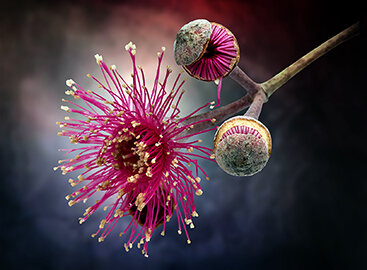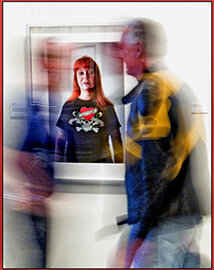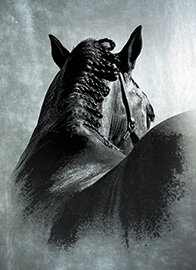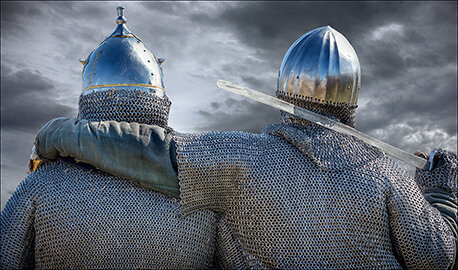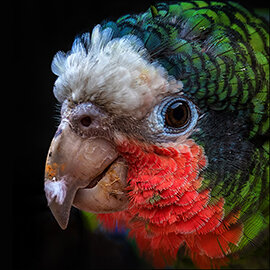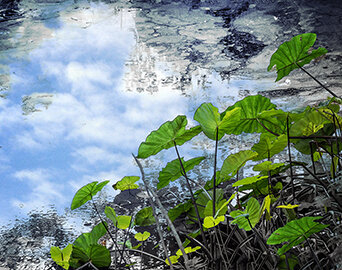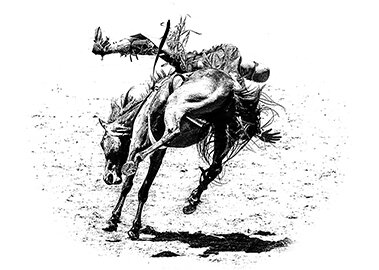MONTHLY COMPETITIONS
COMPETITION NIGHTS are held on the 4th Wednesday OF THE MONTH 7:00-9:00 pm (NSW time)
RULES FOR COMPETITION ENTRY:
*Images using AI-generated technology are not permitted
DIGITAL ENTRIES – (Projected)
1 – Entries must be submitted into My Photo Club (MPC) by 11:55pm on the closing date of entries.
2 – Members are limited to a maximum of 3 digital entries: 2 Open & 1 Set Subject OR 1 Open & 2 Set Subject.
3 – All entries must be correctly sized & retitled once uploaded in MPC.
PRINTS
1 – Print entries must be submitted digitally to My Photo Club (MPC) by 11:55pm on the closing date of Print entries, i.e. the competition night of the previous month.
2 – Print competitions are held on alternate months starting in February 2023. February print closing date is January competition night.
3 – Members are limited to 2 Print entries per competition, being either 2 Open, OR 2 Set Subject, OR 1 of each.
4 – Prints must be “mounted” with Velcro tabs on back for attachment to the rear wall.
5 – Mounted Prints must be placed in the Print box on the previous month’s competition night, which is the closing date of Print entries.
6 – The Image title, Grade & Open or Set to be written on back of print.
ENTRY REQUIREMENTS:
JPEG, up to 2MB @ 300ppi (or 72), sRGB, Max W:1920 x Max H:1080, uploaded to MPC and add title. Do not add your name and category.
SET SUBJECTS 2024
JANUARY - ARCHITECTURE
DIGITAL Closing 6/1/24, No prints
Pictures depicting the interior or exterior of any manmade structure portraying the surface texture, lighting, colour, or geometry and emphasising the character or beauty of the structure and suggesting its purpose or human associations. People, statues and fountains may be included but not be the dominant point of the image.
FEBRUARY – CREATIVE
DIGITAL Closing 10/2/2024, PRINT Closing 24/1/2024
Creative or experimental photographs display a novel effect because of an unusual combination of objects and /or unusual viewpoint. Photographs in which the images have been modified during or after exposure by using an experimental technique are also eligible in Creative/Experimental sections. The photograph must always have a basic photographic image. Digital manipulation processes may be employed provided the original photograph was exposed by the entrant.
MARCH – FOOD PHOTOGRAPHY
DIIGITAL Closing 9/3/2024, No Prints
Food photography encompasses images where food is the main or prominent element within the frame. This genre allows for the inclusion of people engaging with the food, provided that their involvement contributes to conveying a narrative.
APRIL – NATURE
DIGITAL Closing 6/4/24, PRINT Closing 27/3/2024
Nature photography records all branches of natural history except anthropology and archaeology. This includes all aspects of the physical world, both animate and inanimate, that have not been made or modified by humans. Please refer to the editing guidelines:
NATURE PHOTOGRAPHY GUIDELINES
Nature images must convey the truth of the scene that was photographed. A well-informed person should be able to identify the subject of the image and be satisfied that it has been presented honestly and that no unethical practices have been used to control the subject or capture the image. Images that directly or indirectly show any human activity that threatens the life or welfare of a living organism are not allowed.
The most important part of a Nature image is the nature story it tells. High technical standards are expected and the image must look natural.
Objects created by humans, and evidence of human activity, are allowed in Nature images only when they are a necessary part of the Nature story.
Photographs of human-created hybrid plants, cultivated plants, feral animals, domesticated animals, human-created hybrid animals and mounted or preserved zoological specimens are not allowed.
Images taken with subjects under controlled conditions, such as zoos, are allowed.
Controlling live subjects by chilling, anesthetic or any other method of restricting natural movement for the purpose of a photograph is not allowed.
Allowed editing techniques:
Processing or editing must be limited to making the image look as close to the original scene as possible, except that conversion to grayscale monochrome is allowed.
Cropping, straightening and perspective correction.
Removal or correction of elements added by the camera or lens, such as dust spots, noise, chromatic aberration and lens distortion.
Global and selective adjustments such as brightness, hue, saturation and contrast to restore the appearance of the original scene.
Complete conversion of color images to grayscale monochrome.
Blending of multiple images of the same subject and combining them in camera or with software (exposure blending or focus stacking);
Image stitching - combining multiple images with overlapping fields of view that are taken consecutively (panoramas).
Editing techniques that are not allowed:
Removing, adding to, moving or changing any part of an image, except for cropping and straightening.
Adding a vignette during processing.
Blurring parts of the image during processing to hide elements in the original scene.
Darkening parts of the image during processing to hide elements in the original scene.
All conversions other than to complete grayscale monochrome.
Conversion of parts of an image to monochrome, or partial toning, desaturation or over-saturation of color
SUBJECTMATTER STATEMENT
The fundamental rule that must be observed at all times is that the welfare of living creatures is more important than any photograph. This means that practices such as baiting of subjects with a living creature and removal of birds from nests, for the purpose of obtaining a photograph, are highly unethical, and such photographs are not allowed. Under no circumstances may a living creature be placed in a situation where it will be killed, injured or stressed for the purpose of obtaining a photograph. Images that show live creatures being fed to captive animals, birds or reptiles are not permitted under any circumstances.
There are also concerns about the use of aerial photography, drones, helicopters, low flying aircraft. These should not cause any interference with other individuals or animals which causes a disturbance in their normal activity or disrupt the way any individuals or animals interact with their environment. Entrants must comply with all relevant laws and regulations, associated with aerial photography, in the country in which the image was taken.
MAY - PEOPLE
DIGITAL Closing 4/5/2024, No Prints
A photograph of a person or people that must show all of the person(s) from head to foot (no head to waist close-ups).
The person(s) in the photograph must be the focal subject, however the image could also depict their environment or a broader scene. Can be posed or candid, must be a live human being. Mannikins, statues or ornaments will not be accepted.
JUNE - REPETITION
DIGITAL Closing 8/6/2024, PRINT Closing 22/5/2024
Repetition in photography refers to the technique of integrating recurring elements, patterns, or themes in a composition to produce a sense of rhythm and balance in an image. This can involve the repeated use of lines, shapes, colours, textures or other visual elements that create a sense of consistency and uniformity.
JULY – MOTION
DIGITAL Closing 6/7/2024, (No Prints)
Shutter speed can affect an image by capturing a unique look or feel. The image can show fast or slow motion.
In this section, your image should have a subject(s) which has retained detail but the surroundings are blurred or, alternatively, a subject blurred by motion in a relatively detailed environment.
AUGUST – BLUE
DIGITAL Closing 10/8/2024, PRINT Closing 24/7/2024
One of the three traditional Primary Colours (along with Red and Yellow). Blue is a colour that surrounds us in our day to day lives. This can be from the sky and the oceans, to clothes people wear and the buildings they live in or the artificial light that is used to light a scene, the variety is endless.
All genres of photography are acceptable, all that is required is the dominant colour is Blue (or shades of blue).
SEPTEMBER - PHOTO JOURNALISM
DIGITAL Closing 7/9/2024, No Prints
Story-telling photographs such as those seen in the news media and periodicals, which may include documentary, contemporary life, illustrative, spot news or human interest. The story telling value of the photograph is more important than the pictorial quality. In the interest of credibility, contrived situations or photographic manipulations which alter the truth are not acceptable.
Processing or editing must be limited to making the image look as close to the original scene as possible, except that conversion to grayscale monochrome is allowed.
Allowed editing techniques:
Removal or correction of elements added by the camera or lens, such as dust spots, noise, chromatic aberration and lens distortion.
Global and selective adjustments such as brightness, hue, saturation and contrast to restore the appearance of the original scene.
Complete conversion of colour images to grayscale monochrome.
Blending of multiple images of the same subject and combining them in camera or with software (exposure blending or focus stacking);
A number of images (typically 2-4), each with a small white border, may be combined into a single image that depicts a progression of events or related activity.
Image stitching - combining multiple images with overlapping fields of view that are taken consecutively (panoramas)
Editing techniques that are not allowed:
Removing, adding to, moving or changing any part of an image, except for cropping and straightening.
Adding a vignette during processing.
Blurring parts of the image during processing to hide elements in the original scene.
Darkening parts of the image during processing to hide elements in the original scene.
All conversions other than to complete grayscale monochrome.
Conversion of parts of an image to monochrome, or partial toning, desaturation or over-saturation of colour
OCTOBER - MONOCHROME
DIGITAL Closing 5/10/24, PRINT Closing 25/9/2024
Any photograph containing shades of only one colour, typically from black to white. If toning is carried out e.g. sepia, cyan, blue, it must be over the total photograph. Partial toning and/or the addition of one extra colour is not acceptable as a monochrome section.
NOVEMBER - SIZE
DIGITAL Closing 9/11/2024, No Prints
Size is a great thing to play with in photography, and there are so many ways you can do it , from making tiny objects appear huge to making huge objects appear tiny! A clever use of perspective can create interesting size comparisons, highlighting the idea of “size”.
____________________________________________________________________________________________________



